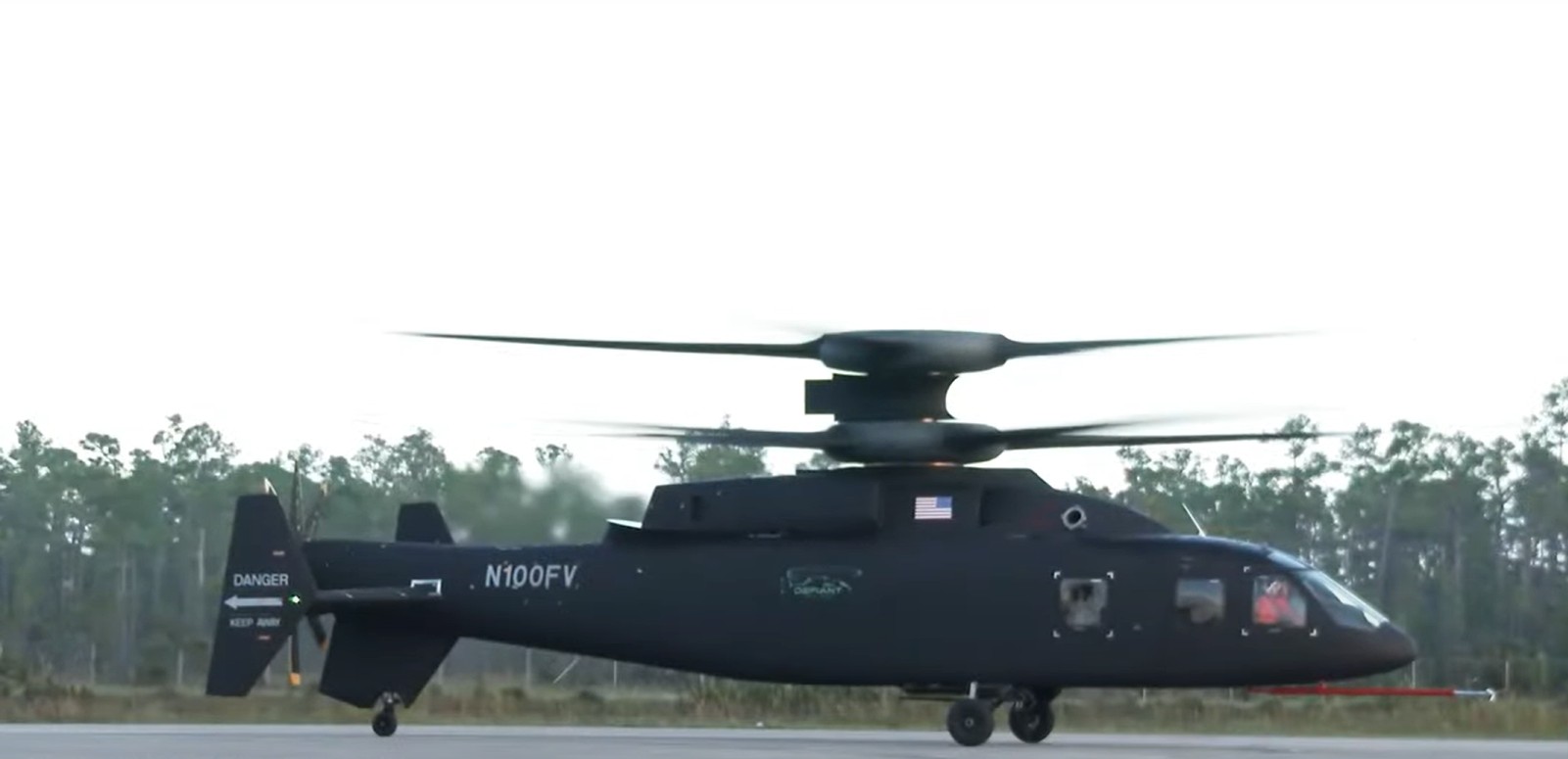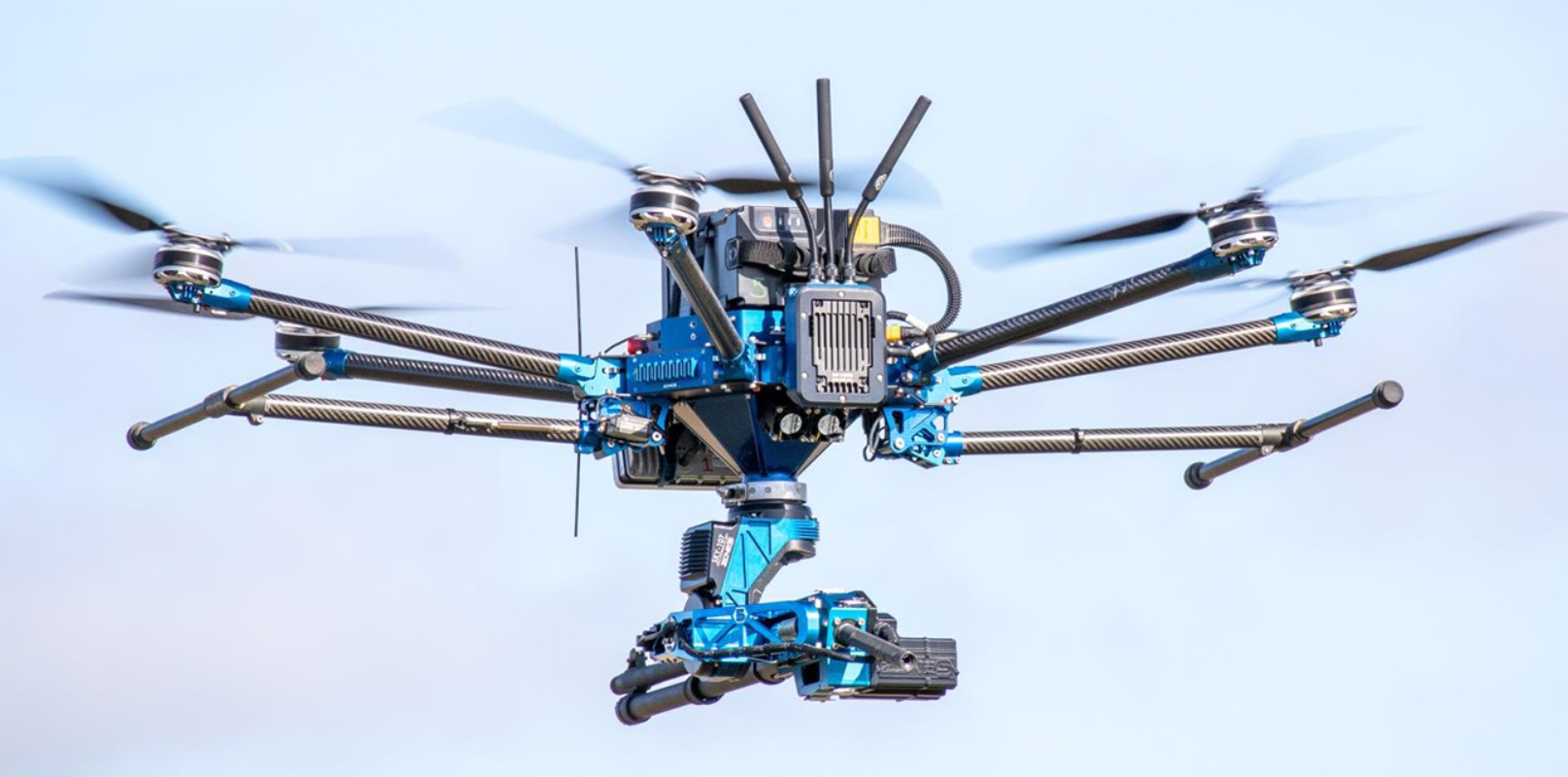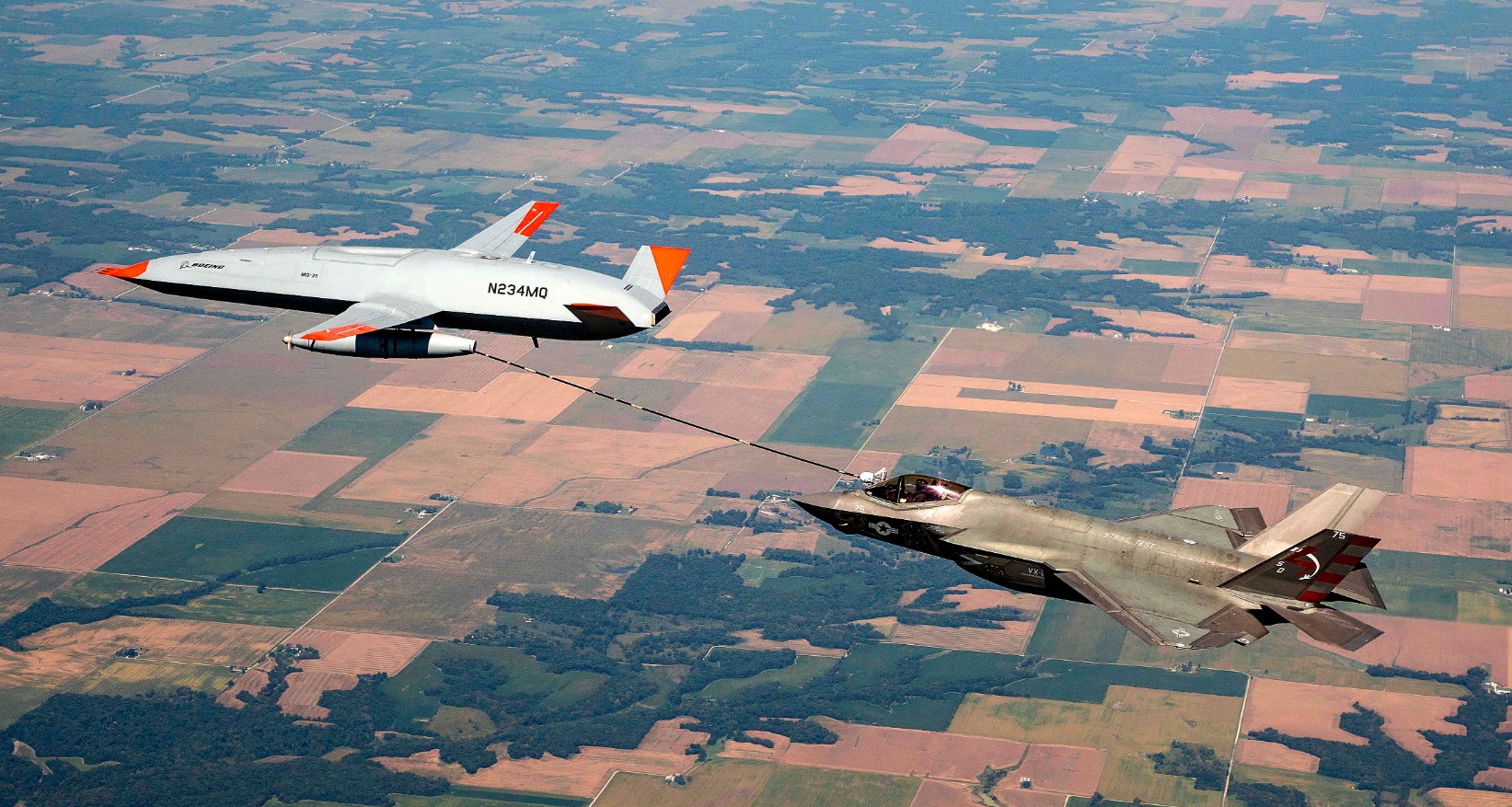An Innovative Leap in Aero Technology
The X-44 Manta, short for ‘Multi-Axis No-Tail Aircraft,’ represents a groundbreaking leap in fighter jet design. Developed by Lockheed Martin, this conceptual aircraft was envisioned to explore radical design philosophies that could pave the way for future advancements in military aviation. Strikingly unique, the X-44 Manta boasts a tailless planform, setting it apart from conventional fighter designs. This absence of vertical and horizontal stabilizers is not just for show—it promises enhanced stealth capabilities and improved agility.
Design and Features
The X-44 Manta features a flying wing design which radically reduces its radar cross-section. This configuration eliminates the need for traditional control surfaces, instead relying on thrust vectoring for maneuverability. By manipulating the direction of thrust from its jet engines, the aircraft can perform agile and complex maneuvers that would normally require more conventional control surfaces.
**Table of Specifications**
| Feature | Specification |
|---|---|
| Role | Stealth Fighter |
| Manufacturer | Lockheed Martin |
| Design | Flying Wing |
| Control | Thrust Vectoring |
| Stabilizers | None (No-tail Configuration) |
Technological Implications
Aside from its distinctive appearance, the X-44 Manta was designed to explore several critical technological advancements. One primary innovation is the integration of advanced flight control systems. The reliance on thrust vectoring over traditional control surfaces necessitates a highly sophisticated avionics system capable of processing vast amounts of data in real-time to ensure stability and control during flight.
Moreover, the X-44 project aimed to assess the potential benefits of such a configuration in terms of reduced maintenance. With fewer moving parts like rudders and elevators, maintenance complexity and costs could potentially see a significant reduction, positively affecting mission readiness and lifecycle costs.
Stealth and Performance
The tailless design significantly enhances the stealth characteristics of the X-44 Manta. By minimizing radar reflections, it becomes harder to detect by enemy radar systems. This low-observable design is crucial for modern-day military operations, allowing aircraft to perform reconnaissance and strike missions with reduced risk of detection.
Furthermore, the enhanced aerodynamic efficiency of the flying wing design potentially offers improved range and fuel efficiency. This could allow the X-44 to undertake longer missions or carry additional payload without compromising its performance.
Challenges and Considerations
Despite its innovations, the X-44 Manta faced significant technical and operational challenges. Unmanned or pilot-assisted maneuvers require precise calibration of the thrust vectoring system, which in turn demands continuous advancements in software and sensor technology. Moreover, the integration of such systems could substantially increase the developmental costs, posing budgetary challenges.
Another aspect that needs careful consideration is the adaptability of pilots to new control paradigms. Transitioning from conventional joysticks and control surfaces to managing thrust vectors requires not only technical training but also psychological adaptation to new flight dynamics.
The Future of Tailless Aviation
While the X-44 Manta remains a concept, the ideas explored within the project are paving the way for future aerospace innovations. Advances in materials, sensor technology, and cognitive computing are likely to further enhance the viability of such aircraft designs. Moreover, as unmanned aerial vehicles become more prevalent, the tailless design could see wider adoption, benefiting from the absence of pilot constraints.
In summary, the X-44 Manta symbolizes a bold departure from traditional aircraft architecture, focusing on stealth, efficiency, and agility. As the aerospace industry continues to evolve, the principles explored by the X-44 project may well shape the next generation of air superiority vehicles.









